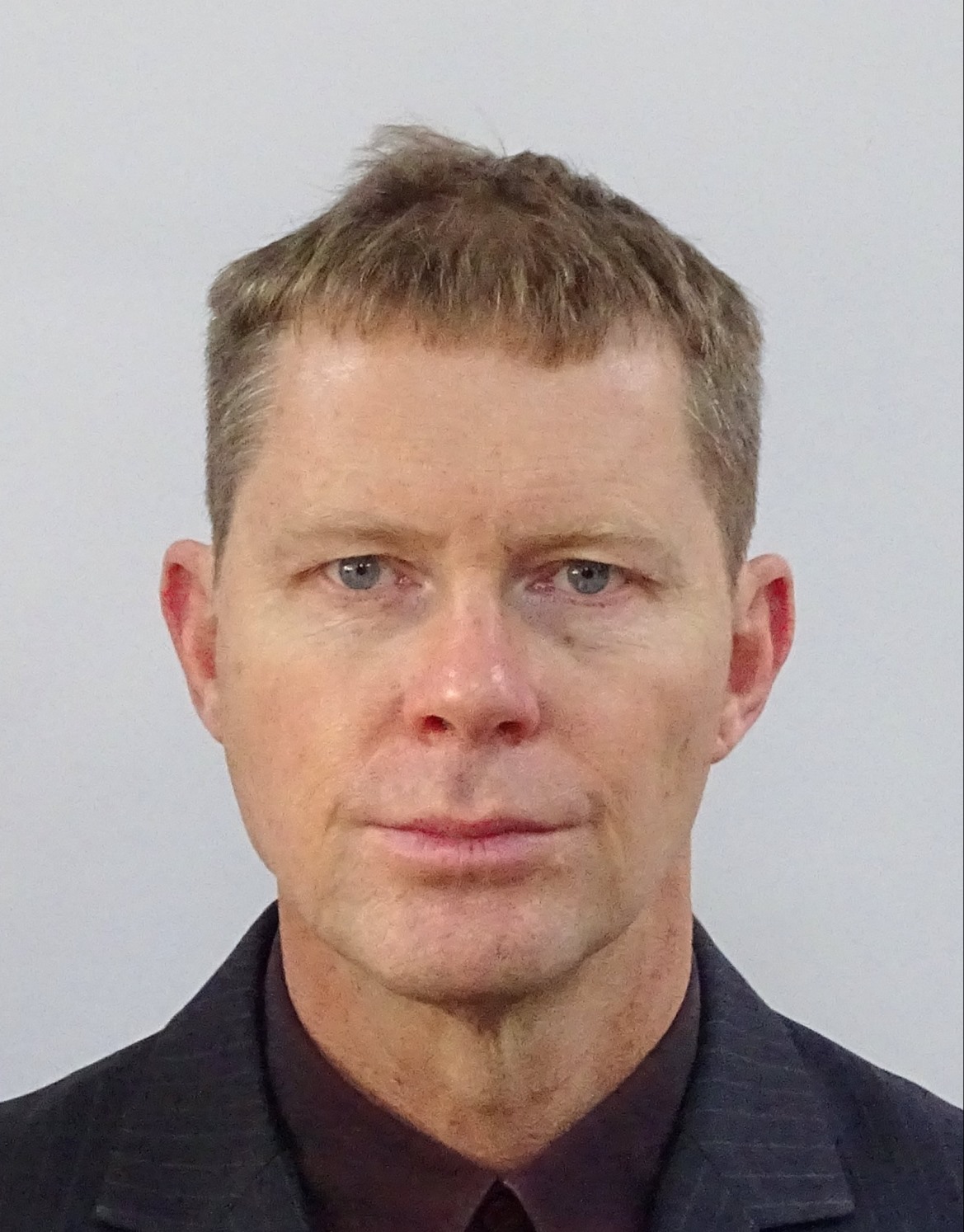Revisiting the ‘why’ of a project: why it goes missing

Why do so many projects fail? There are many individual factors behind failure, but one overarching explanation could be that the ‘why’ of a project – its objective or purpose – simply gets lost in the focus on the ‘what’, ‘how’, ‘how much’, ‘when’ and ‘where’. So, why is ‘why’ so often missing, and how can we retrieve it?
Could the missing ‘why’ be a failure of project planning?
It is not as if the why is absent from the principles of planning: APM’s Body of Knowledge defines planning as “the process of identifying the means, resources and actions necessary to accomplish an objective”. The why of a project is a fundamental of project planning, as APM’s Introduction to Project Planning states: “‘Why’ is a statement of the change to be delivered by a project, which includes a definition of the need, problem or opportunity being addressed and the benefits to be delivered.”
However, as David Belshaw, project controls manager at Rolls-Royce plc, spells out, a plan can soon become disaggregated from a project. “Some see planning as an activity that stops them getting into the ‘real work’ of project delivery. Plans and schedules can be seen as documents that are created once and then left unchanged, or something you just do for the client, rather than important artefacts that drive their project or programme.”
So, despite the best-laid plans, somewhere along the way, it is easy to lose sight of the objective. Belshaw adds: “I think the why is often neglected because it has usually been determined before the project starts. Additionally, measuring the what and when is easier than measuring the why, which allows the former to more easily receive management attention.”
This suggests the why of a project is not missing, but can get lost along the way. To explain, Belshaw cites the ‘Planning Fallacy’ – the tendency to overstate the forecasted benefits of a project and to understate the timescales and costs. This can easily distract project principles from the original purpose as costs, timescales and other factors get out of control.
Getting the focus back
Sometimes, it is a matter of sufficient project analysis being absent. Paul Kidston, former director of project control at Costain and lead author of APM’s book Planning, Scheduling, Monitoring and Control, cites a lack of “sufficient recognition of the risk inherent in most projects, and crucially in allowances for unexpected delay and cost”.
He emphasises the need for proper risk management in project planning. But the nature of projects when underway, especially construction projects, can work against this. “What happens too often is that contingencies are trimmed – by clients wanting to reduce costs so as not to threaten the business case, or by contractors desperate to win work by being ‘competitive’ at very fine margins. This leads to behaviours that do not help the delivery of projects to time and budget.”
This, in turn, can create a juggernaut that further drags a project away from the why. So, how to get that focus back? As well as risk management, Kidston cites the use of tools to help with project planning and control.
“Critical path analysis is pretty universally accepted nowadays – before the advent of computers on every desk and appropriate software, it was not so accepted. Then there’s earned value analysis to measure and control, the last planner system and agile to manage short-term planning, and so on.”
Belshaw adds: “We, as project professionals, need to counteract the Planning Fallacy by using structured methods and techniques like reference class forecasting to ensure our plans and schedules are realistic.”
A sense of purpose
In the face of the realities of everyday project management, holding onto the why can be a challenge. As Kidston points out, “some of the political or inherent structural issues in the industry seem unsolvable”. But one way of keeping hold of the why is to ensure that it is clearly defined from the start, and constantly returned to.
Kidston refers to what “[former APM chair] Steve Wake calls ‘purpose’. It encompasses benefits management and requirements management, of course, but expressing this as ‘purpose’ hits the nail on the head. A lack of, or unclear or changing, purpose is what harms many projects.”
Hugo Minney, APM Fellow and co-chair of its Benefits and Value SIG, champions benefits management as a way of finding the “truth” of a project, and ensuring project success is defined – and achieved – by clarity in terms of benefits, objectives and outcomes from the start and throughout, rather than a box-ticking emphasis on process and progress.
And a clear focus on a project’s why and ensuring it is not lost can even change how a project’s success is defined, as Belshaw reminds us: “Projects that fail to meet some of their metrics can, when we consider their why, nevertheless be deemed a success.” He cites the London 2012 Olympic Games as one example: “Billions of pounds over budget, it was a great success as an impressive global spectacle.”
Other reasons why, sight of which was never lost, included to kickstart redevelopment of a neglected part of London and to leave a sporting legacy in the UK.
Why projects fail is a question with many answers – but losing sight of the purpose of a project is one sure way to ensure failure. Likewise, holding onto it is necessary to achieve the opposite.
You may also be interested in:


1 comments
Log in to post a comment, or create an account if you don't have one already.
Macho project management is about getting stuck into the doing - to (wherever) with the consequences. But the consequences are why we were asked to do the project in the first place. Is it too much to ask that project managers get in touch with their thoughtful side, and make decisions for optimum benefits, for best achievement of objectives? Another great article from Conrad